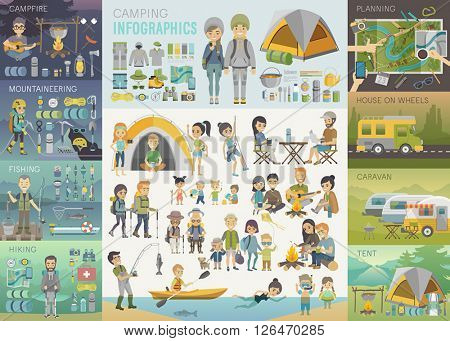The Challenges Of Transporting Large Wall Tents
Guy Lines Vs Internal Frames - Which Provides More Stability?Individual lines are essential for non-freestanding camping tents, supplying extra stability and support beyond the capacity of outdoor tents posts and routine risks. They link to designated loops or add-on factors on the tent or rainfall fly, and are tensioned to take out sagging material, raising indoor living space and making the shelter more comfortable for campers.
Stability
Guy lines enhance a camping tent's structural integrity, giving extra support past that of the camping tent posts and risks. This is especially essential when camping in gusty environments. By advertising appropriate ventilation, individual lines likewise help to avoid condensation within an outdoor tents. Particularly, when attached to the rain fly, they maintain vital space in between the wall surfaces of the camping tent, which cultivates air circulation and minimizes the buildup of wetness on indoor surfaces. To affix a guy line, simply link one end to the marked loophole or add-on factor on the rainfall fly or outdoor tents body, and after that protect the other end to your preferred anchor factor such as a rock, tree, or outdoor tents risk.
Weight
Person lines are an effective ways of reinforcing the structure of an outdoor tents. They are very easy to affix by knotting one end via marked loopholes or accessory factors on the camping tent body and rainfall fly, then protecting it to an anchor point such as a durable stake, rock, or tree. When tensioned, they take out drooping fabric and drooping corners, assisting to enhance the overall architectural honesty of the shelter. They also advertise air flow by maintaining the inner tent and rainfall fly walls separate, which cultivates a cooler environment within the camping tent and helps to lower condensation accumulation. This eventually improves campers' convenience level while outdoor camping outdoors.
Adaptability
Unlike freestanding camping tents, which can stand independently with their posts, non-freestanding outdoors tents should be staked or guyed bent on maintain security and structural support. This design lowers the weight of a shelter, and also enables higher terrain flexibility.
Typically, a tent's ridgeline and walls are made with loopholes or attachment factors for linking to guy lines. The lines can after that be tensioned to pull drooping or drooping textile back right into shape and produce a stronger, extra resistant structure.
In addition, individual lines are very important for promoting correct ventilation inside the tent. By dividing the rainfall fly from the mesh camping tent body, they allow air to distribute freely throughout the sanctuary, decreasing humidity and condensation on indoor surfaces. This ultimately adds to a more comfy and enjoyable camping experience. For an extra effective arrangement, think about buying a set of individual line adjusters, which permit you to easily raise or reduce stress as needed.
Resilience
If an outdoor tents is correctly surveyed with guy lines, it can withstand winds far more seriously than a comparable shelter without guy lines. Furthermore, they contribute in promoting camping tent air flow. For example, connecting a rainfall fly to the individual lines sustainable bag keeps it separated from the outdoor tents body, preventing hot air from developing on the internal wall surfaces and ceiling of the tent.
The very best means to secure a man line is to feed one end of the line with a marked loophole or attachment point on the camping tent or rainfall fly, after that tie it around the anchor point. A top quality support should be made of a strong product, such as wood or steel, and placed directly perpendicular to the line to advertise the toughest bond.
